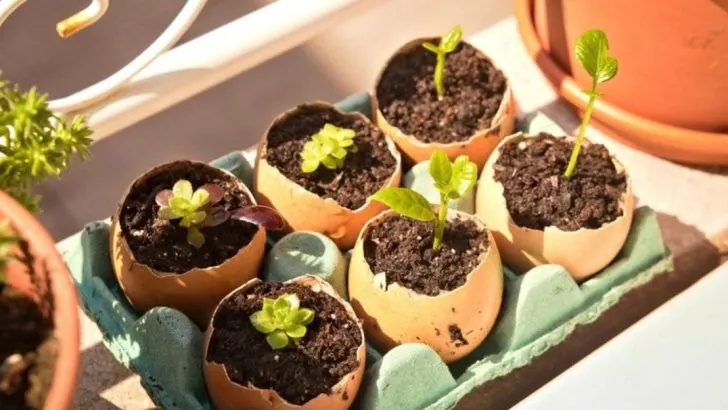Gardening isn’t just about planting seeds and hoping for the best — it’s about innovation, creativity, and sometimes thinking outside the box. While traditional methods certainly have their place, some of the most effective gardening tricks come from unconventional wisdom and a bit of trial and error.
In this article, we explore 10 surprising gardening hacks that not only sound a little crazy but also deliver real results. Whether you’re battling stubborn pests, trying to boost your soil quality, or looking for easy ways to enhance plant growth, these unexpected tips might just revolutionize your green thumb game.
Get ready to discover simple, budget-friendly, and tested strategies that can help turn your garden into a thriving paradise — with a few fun surprises along the way!
Eggshell Seed Starters
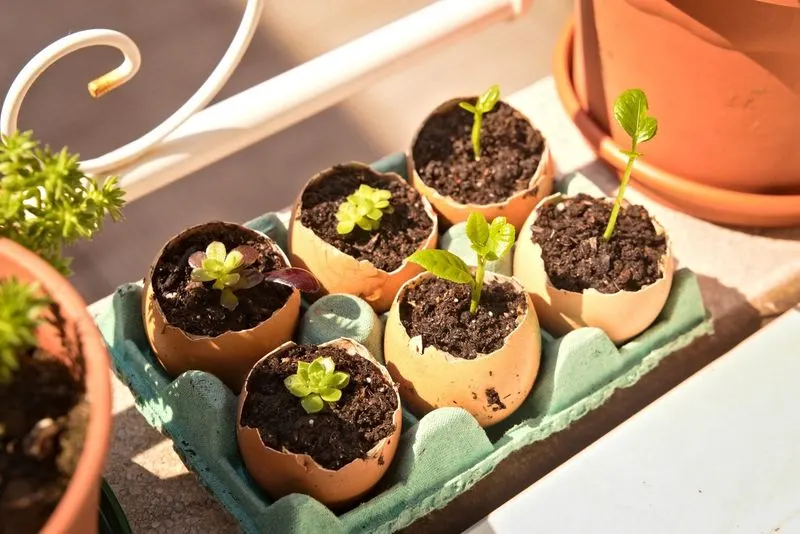
Picture this: a breakfast staple doubling as a gardening tool. Eggshells are not just for your compost pile; they make excellent seed starters due to their nutrient-rich composition. Simply crack an egg, keeping the shell halves intact. Fill each half with soil and plant your seeds. The eggshells provide calcium, promoting strong plant growth. As tiny seedlings emerge, you can transplant them directly into the ground. The shell will decompose, enriching the soil. This method is not only cost-effective, but it also recycles waste, making it a win-win for gardeners and the environment.
Banana Peel Fertilizer
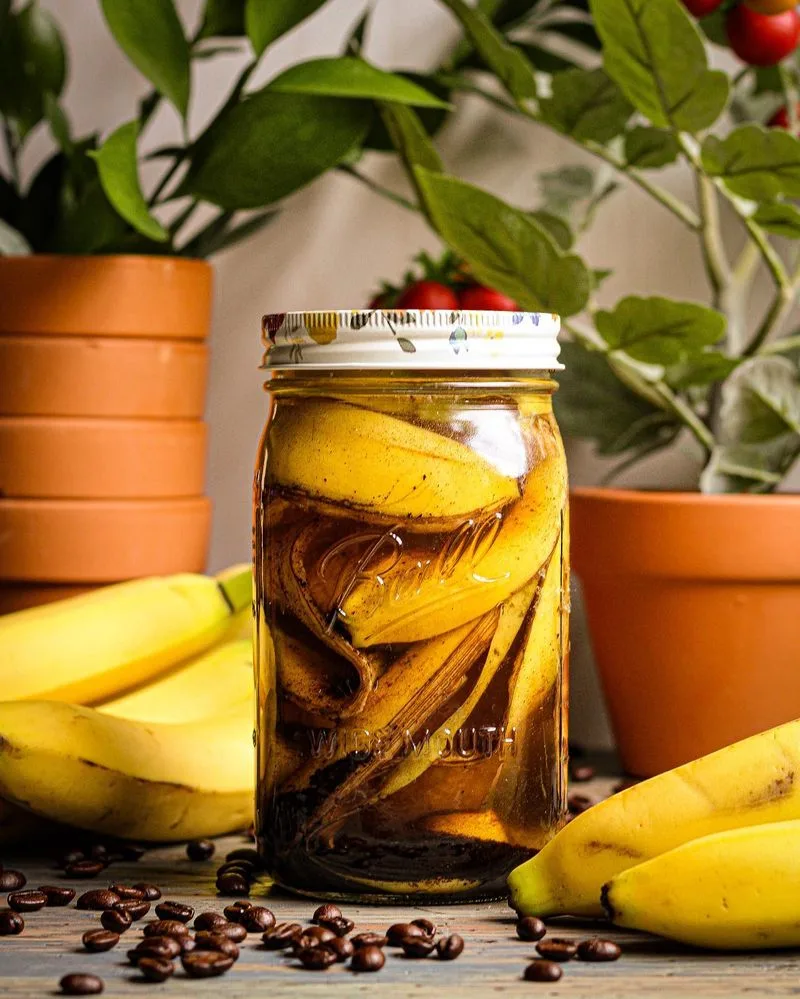
Banana peels are often tossed aside as waste, but they hold hidden potential for your garden. Rich in potassium, they act as a natural fertilizer, boosting flowering and fruiting in plants. Bury a banana peel in the soil near the root zone of your plants, and watch them thrive. The peel breaks down, releasing essential nutrients slowly over time. It’s a simple, organic method that repurposes kitchen waste into garden gold. Plus, your blooming flowers will thank you with vibrant petals.
Milk Jug Watering Can
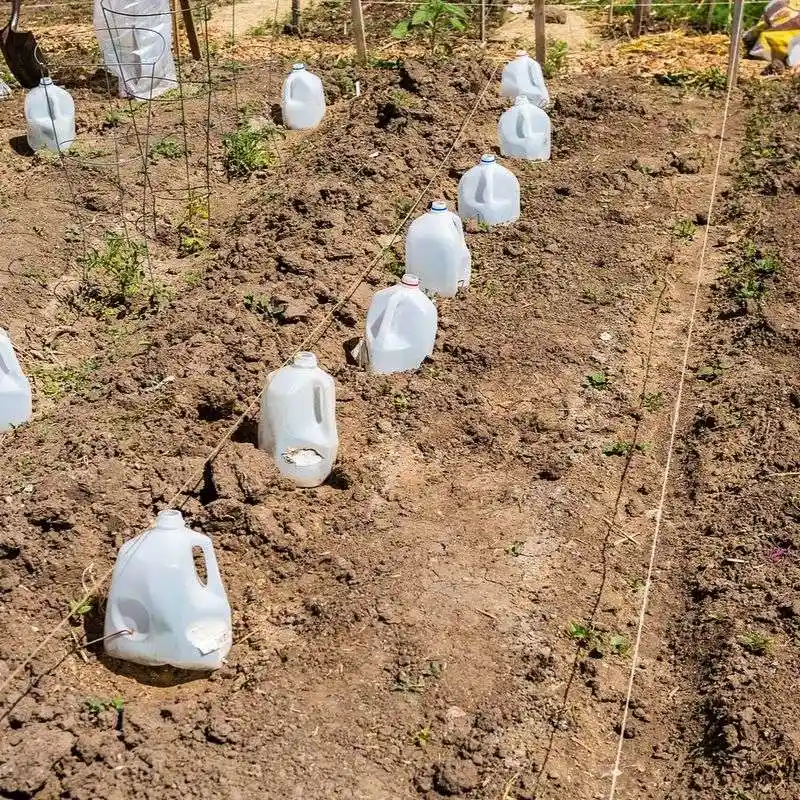
Think twice before discarding that empty milk jug. With a few strategic holes poked into the lid, it transforms into an efficient watering can. This hack is perfect for gentle watering that won’t disturb seedlings or young plants. The controlled flow mimics a light rain, ensuring even moisture distribution without overwatering. It’s an ideal solution for small gardens or indoor plants. This DIY watering can is practical, eco-friendly, and a great example of upcycling household items for gardening purposes.
Coffee Grounds as Pest Repellent
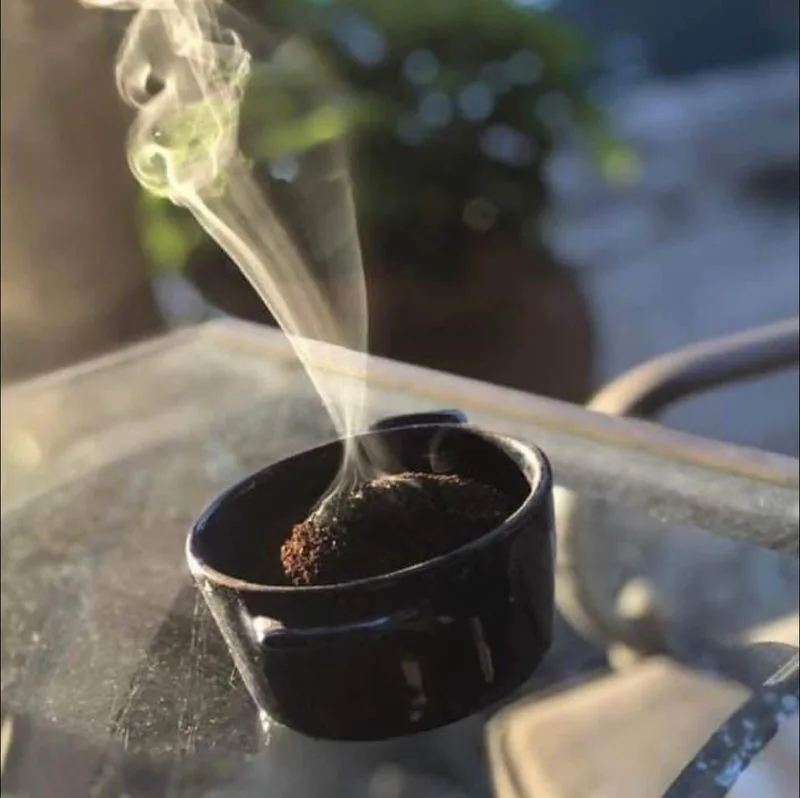
Coffee lovers, rejoice! Those used grounds can do more than just wake you up in the morning. Spread them around your garden to deter pests. The strong aroma and texture can repel slugs and snails, helping protect your plants. Sprinkle a thin layer around the base of your plants, creating a natural barrier that pests avoid. This method is environmentally friendly and uses a resource that would otherwise be discarded. Plus, it adds organic material to your soil, improving its structure over time.
Vinegar Weed Killer
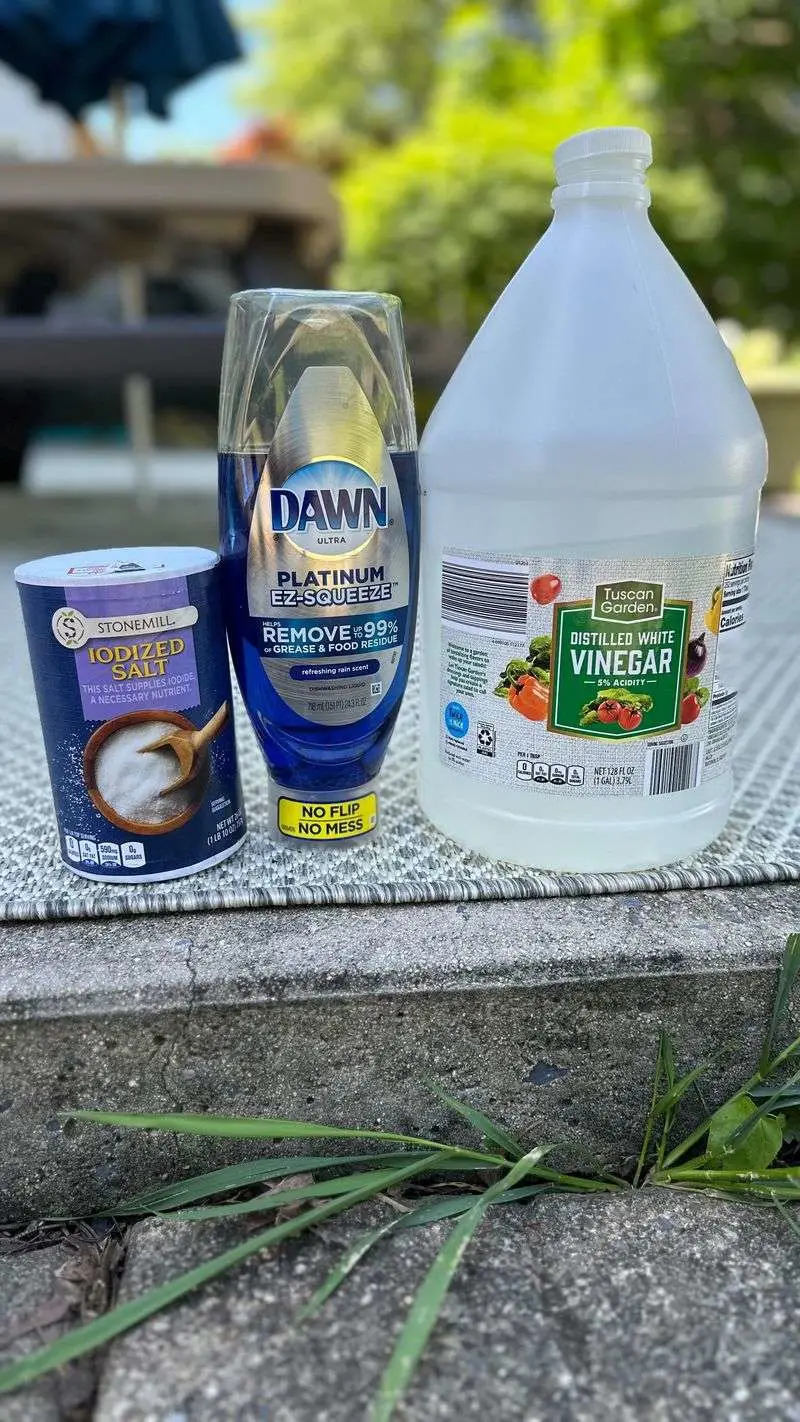
Weeds can be a persistent problem, but harsh chemicals aren’t your only option. Household vinegar offers a safe, effective alternative for controlling unwanted growth. Fill a spray bottle with vinegar and apply it directly to weeds on a sunny day. The acetic acid dehydrates the plants, causing them to wilt and die. It’s a non-toxic solution that keeps your garden chemical-free. This method works best on younger weeds and requires reapplication for stubborn growth. It’s a simple, cost-effective way to maintain a tidy garden.
Citrus Peels for Seedlings
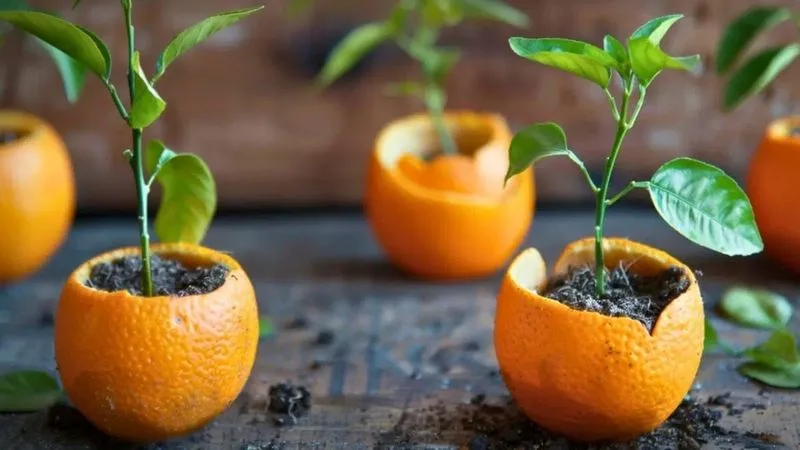
Before tossing out those citrus peels, consider their value for seedlings. The natural oils and nutrients in the peel provide a fertile environment for seeds to sprout. Hollow out the peel, fill it with soil, and plant your seed. Once the seedling is ready to move outdoors, transplant the entire peel. It will decompose, enriching the soil with nutrients. This method is eco-friendly and adds a delightful citrus scent to your gardening routine. It’s a refreshing twist on traditional seed-starting methods.
Baking Soda for Sweeter Tomatoes
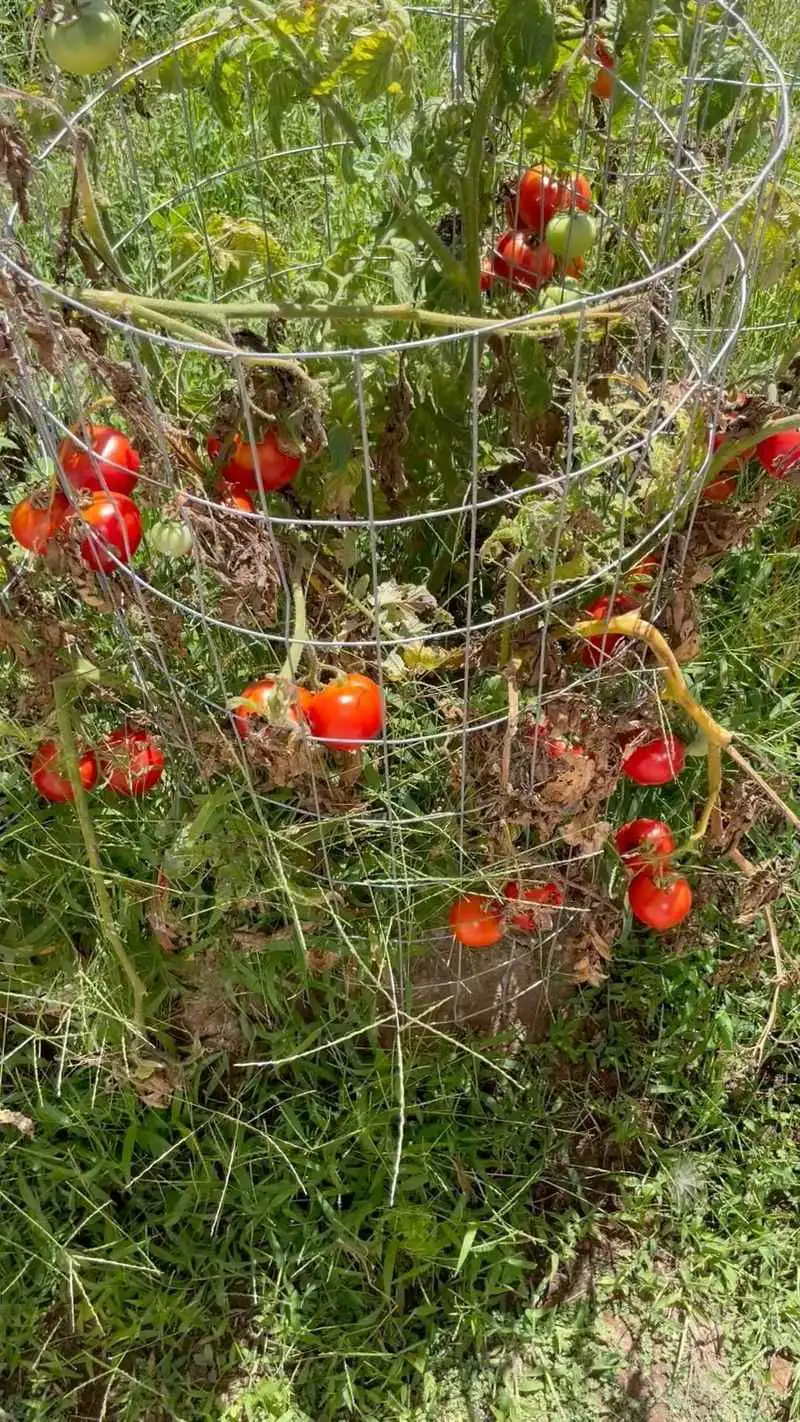
Sweeten your garden’s bounty with a simple household ingredient: baking soda. Dusting a small amount onto the soil around tomato plants can reduce acidity, resulting in sweeter tomatoes. The process is straightforward—just be careful not to overdo it, as too much can harm the plant. This hack is a subtle way to enhance flavor without synthetic additives. It’s an example of how everyday items can influence the taste and quality of your produce. Your summer salads just got a whole lot tastier.
Aluminum Foil Sun Box
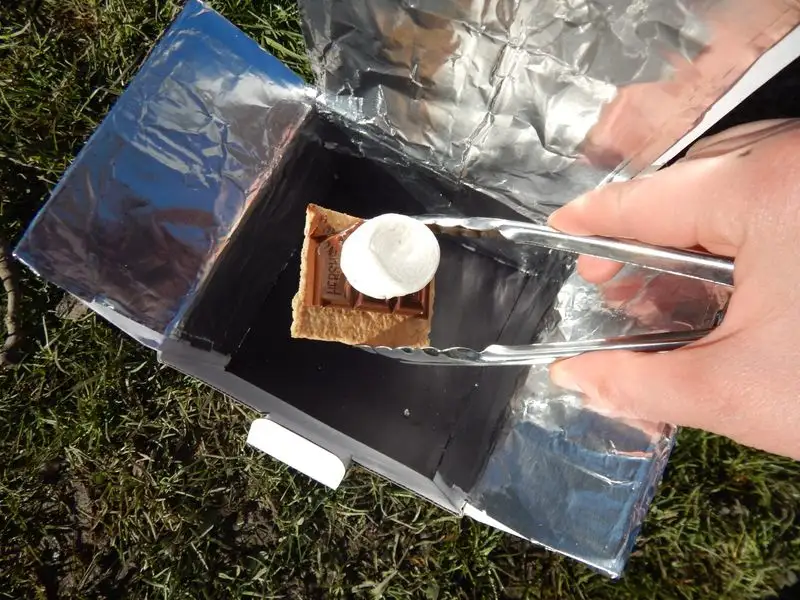
Harness the power of the sun with a DIY sun box. Lining a cardboard box with aluminum foil creates a reflective surface that intensifies sunlight. Place the box around sun-loving plants to boost their light exposure, especially in shaded areas. This hack is particularly useful during the shorter days of fall or winter. The added light can promote healthier growth and stronger foliage. It’s a clever technique to maximize natural resources, enhancing your garden’s vitality with minimal effort.
Epsom Salt for Greener Plants
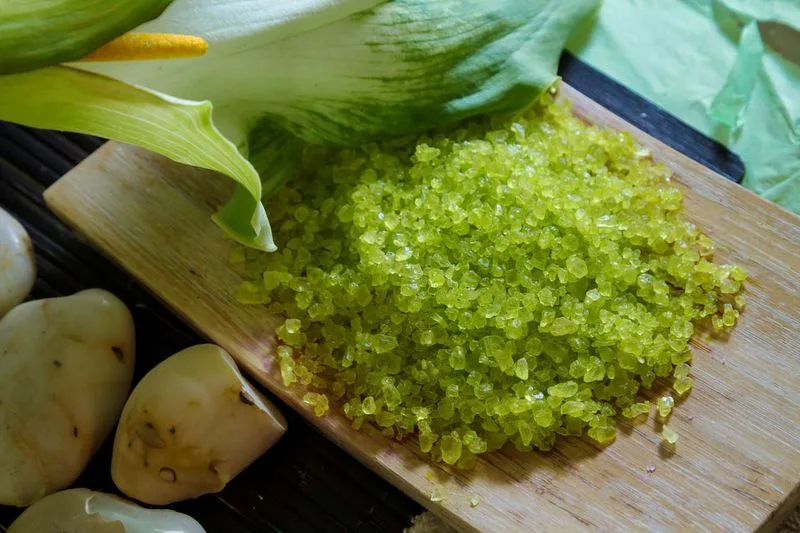
For plants that lack vibrancy, Epsom salt might be the answer. Rich in magnesium and sulfate, it supports the production of chlorophyll. Dissolve a tablespoon in a gallon of water and use it to water your plants. This solution is suitable for a wide range of greenery, from roses to houseplants. The result is often visibly greener, healthier foliage. It’s a simple and natural way to address nutrient deficiencies. By elevating your garden’s aesthetics, Epsom salt proves to be an invaluable ally for plant enthusiasts.

